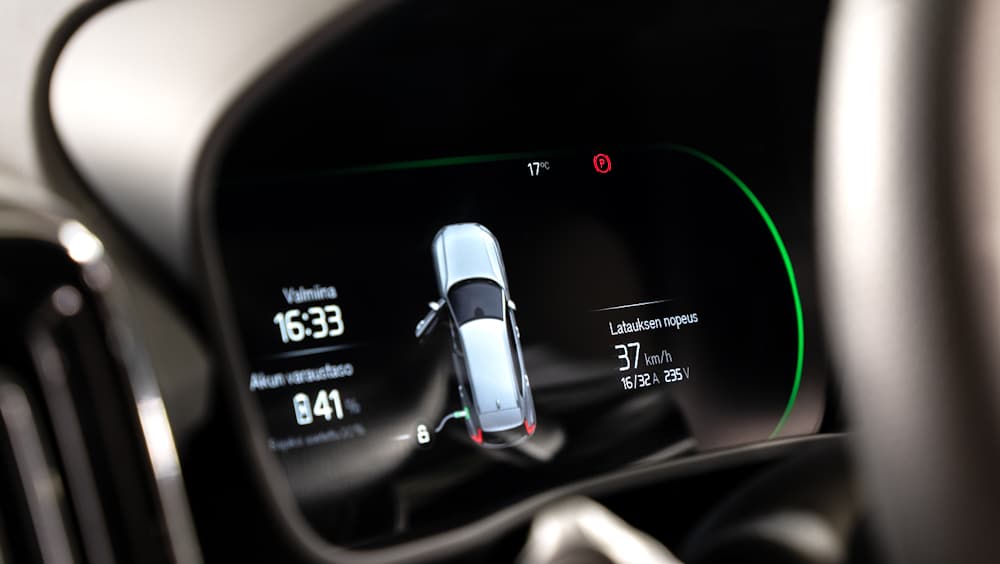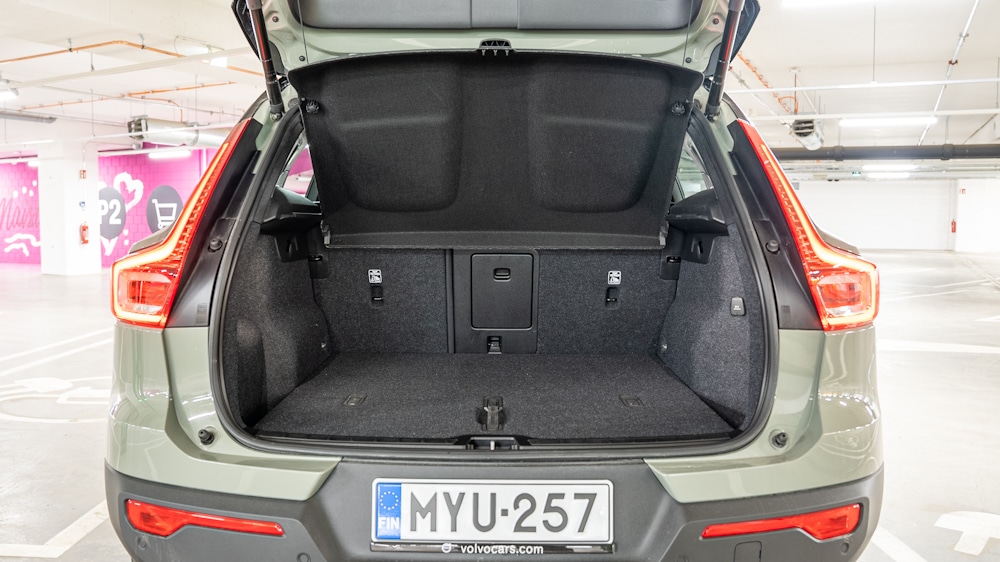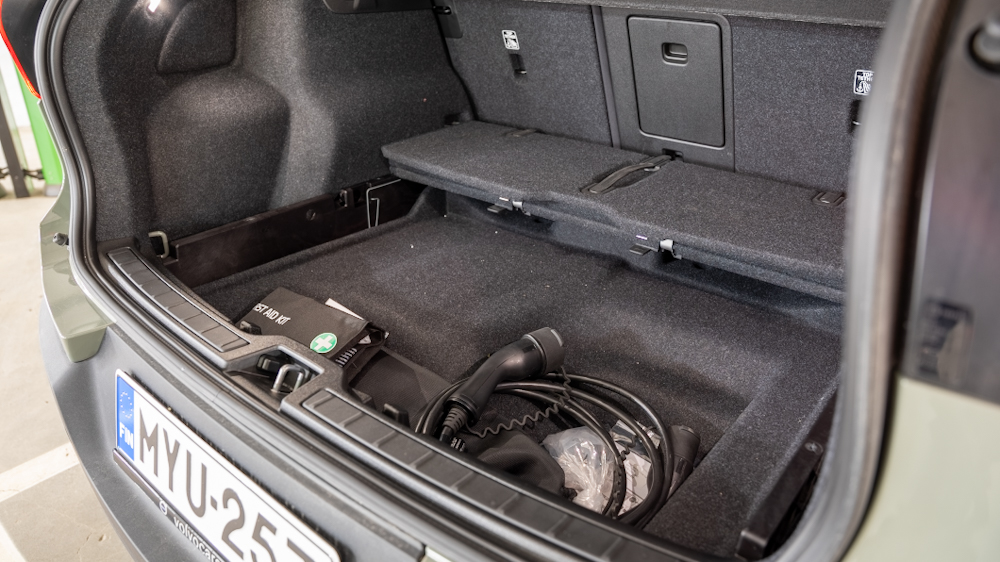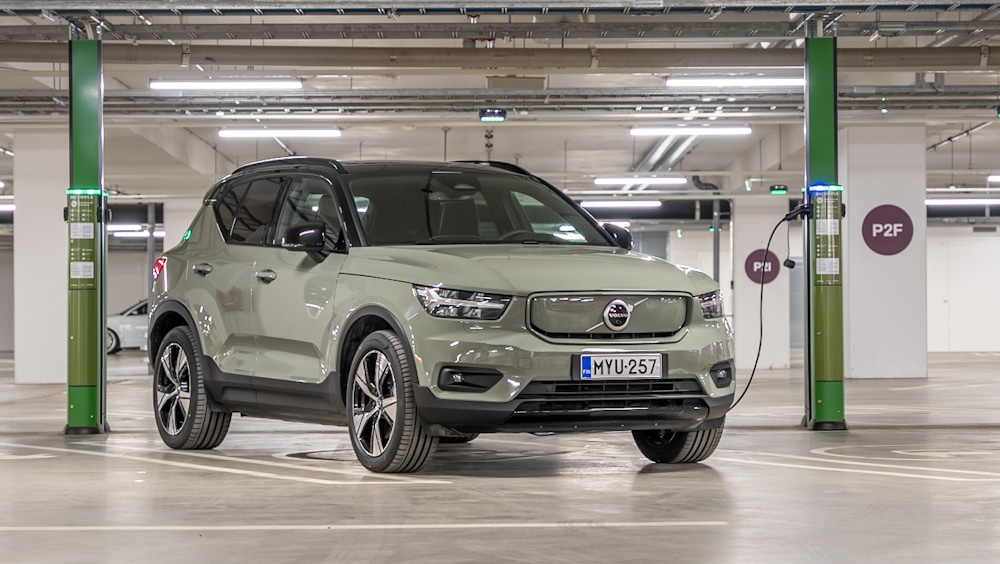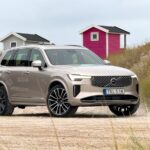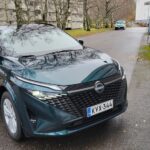The innocent-looking XC40 P8 all-electric model hides quite respectable power figures and a reasonably large passenger compartment for its size. However, the question arises as to whether the P8 all-electric model is a futile attempt to squeeze a new power source into an already well-performing internal combustion engine model, hoping for the best result.
The XC40 is the smallest model in Volvo’s current range, offering a much larger, more stable ride comfort and a big car feel. The compact SUV sits high up and offers good outward visibility.

Stylishly debuted in Milan in 2017, the XC40 has remained virtually unchanged in body style, with the most externally visible change to the P8 SUV being the transformation of the front bumper grille to a wraparound design.
Inside, the changes are minor. The biggest and most significant change is the move to an Android-based infotainment system. The new operating system allows you to personalise your system and use Google services such as Google Maps, Google Assistant and Google Play Store. Software updates will be delivered wirelessly via an external internet connection.
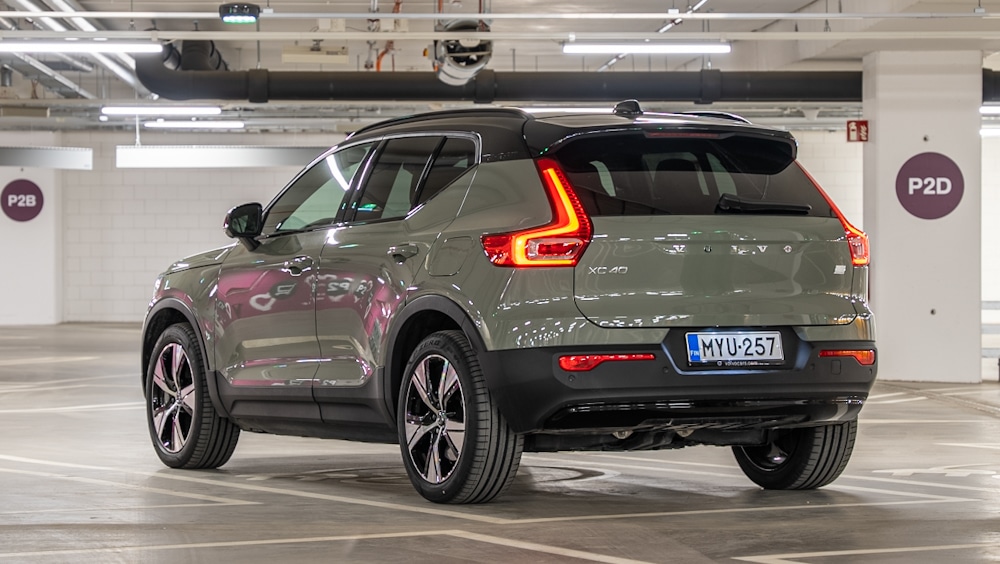
The instrument cluster is a fully digital capsule-shaped instrument cluster, a big and expected improvement over the rest of Volvo’s range. Where the gauges on other models look badly dated, the XC40 P8’s dashboard has the much-needed clarity, simplicity and pleasing look.
No start button
The XC40 P8 has been made as effortless as possible to use. No need to lock, unlock or start the car, the XC40 P8 is always ‘ready to go’ when you arrive with the key in your pocket. Once in the driver’s seat, all you need to do is select a gear and the car is ready to go.

As a driving experience, the XC40 P8 offers a very familiar Volvo in normal driving – in a good way. The chassis is emotionally comfortable – there’s plenty of grip, but the extra weight from the batteries makes for a stable and comfortable ride.
The steering feel is reasonably precise, very familiar and in line with other models in the range. The overall feel is familiar and safe, unsurprisingly Volvo – or is it?
There are mixed feelings. Around town and at slow speeds, the ride is civilised, but when you put your foot on the ‘accelerator’ a little, the ride takes on a whole new level.

Powered by two electric motors. Both axles have their own motors, which produce as much as 150 kW of power per motor. This brings the total power output to 300 kW, or just over 400 horsepower.
In addition to horsepower, there’s also plenty of torque to go around. The maximum torque of 660 Nm is really felt under acceleration and the ride is very effortless. Zero to 60 km/h is achieved in 4.9 seconds.
Surprisingly high power consumption
The huge power figures push the rest of the drivability to the limit when driving harder. In terms of power, the car’s tendency to go for it is such that the chassis struggles to keep up at higher speeds on twisty roads.
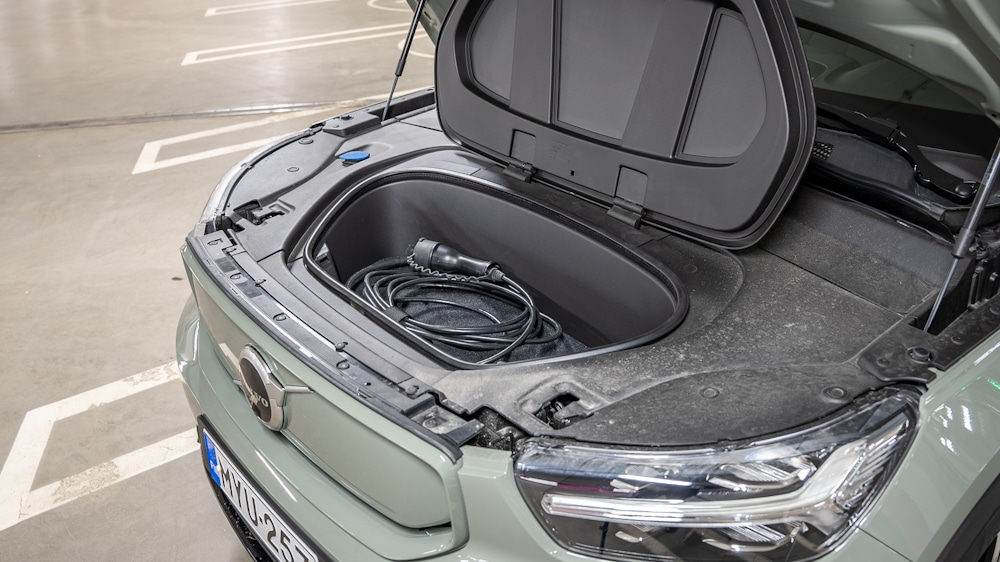
The high centre of gravity increases body roll on bends, and where the extra weight from the batteries brings stability on a straight road, the weight adds to the challenge for sportier driving on bends. In normal everyday driving, there are no “problems”, but at the same time one can question whether all 400+ horsepower is necessary for this concept.
The total capacity of the battery is a respectable 78 kWh. Electricity consumption during the test drive remained regrettably high. Consumption ranged between 22-28 kWh/100km. Longer-term consumption over about 800 km was 26.7 kWh/100km according to the car’s meter.
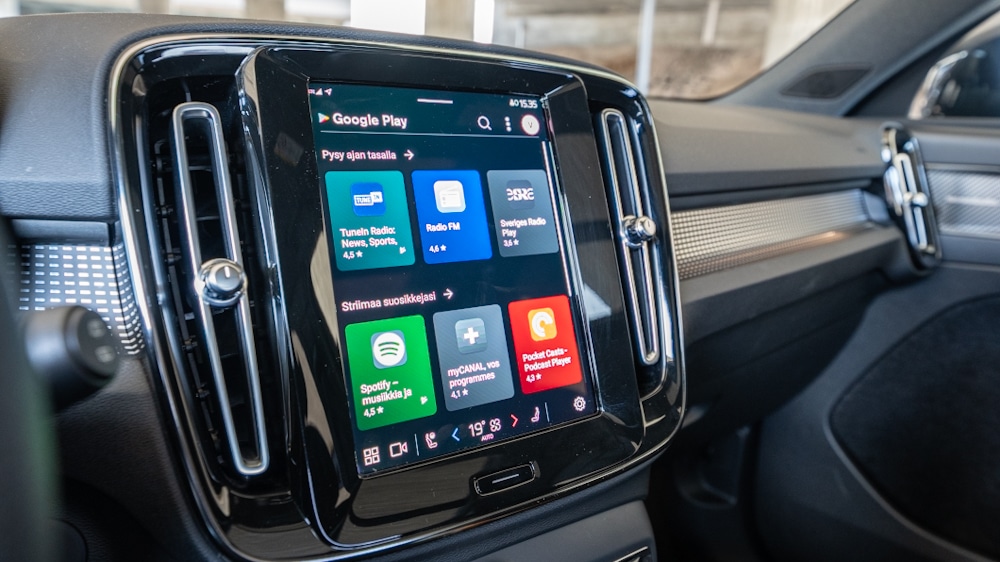
The test drive readings suggest that the car can be driven about 300 kilometres on a single full battery – a good 350 kilometres on electricity at reasonable speeds.
Electricity consumption raises the question of whether the CMA base plate, which was originally designed for an internal combustion engine, is now being used as a basis for an electric car, without taking into account all the details of electric driving. Electricity consumption should be lower in this size class and there is plenty of room for improvement on many other all-electric models.
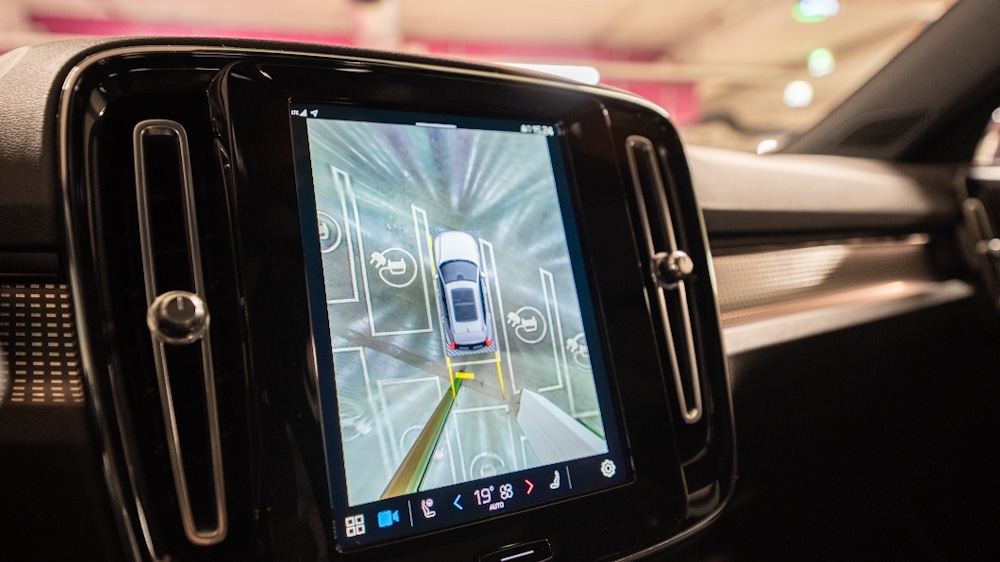
Overall, the XC40 P8 is comfortable in normal everyday use. The jump from the traditional combustion engine Volvo is tolerable and even small for the latest models. The familiar elements have been retained, but everything is still new and wonderful.
The updated Android operating system and the efficiency brought by full electric power make the experience worth trying. With electric cars, it’s easy to get carried away by the fascination, and going back to that traditional internal combustion engine can be tricky.
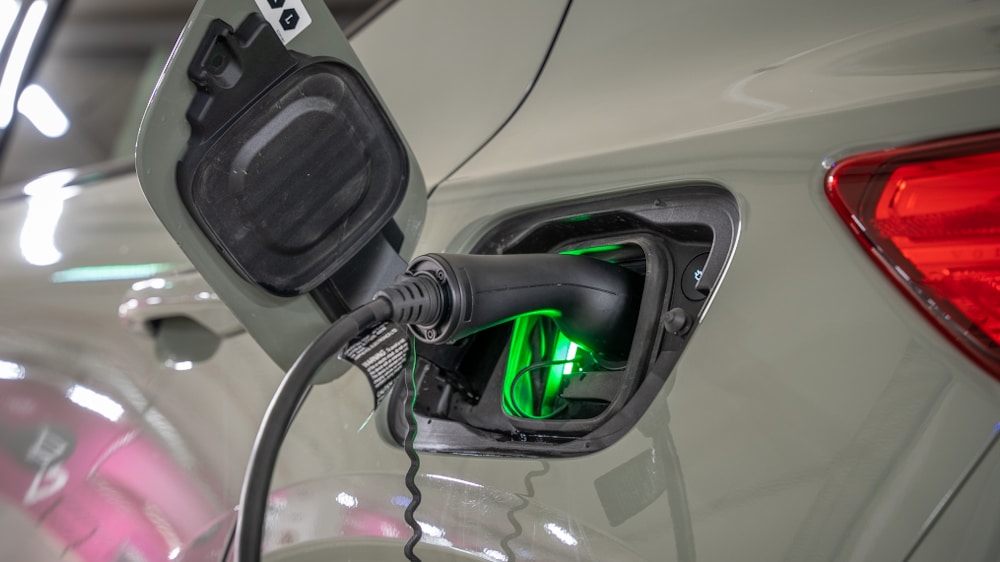
Volvo XC40 P8 Recharge
- Total maximum power: 300 kW, 408 hp.
- Maximum totaltorque: 660 Nm.
- Drive battery capacity: 78 kWh
- Rated range on a single charge: 400-418 km.
- Test-driven range on a single charge: 350-280 km.
- Acceleration: 4.9 sec (0-100 km/h)
- Combined consumption: 23.8-25.0 kWh/100km.
- CO₂ emissions: 0 g/km.
- Test drive consumption: 22-28 kWh/100km.
- Curb weight: 2188 kg.
- Traction: four-wheel drive
- Boot space: 413 31 (front) l.
- Towing capacity: 1500 kg.
- Starting price: 60 613 euro
